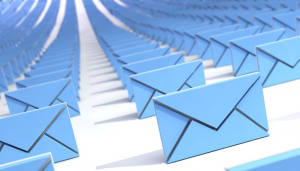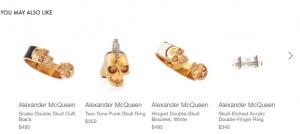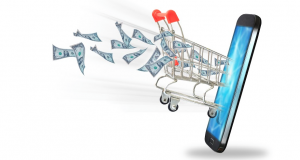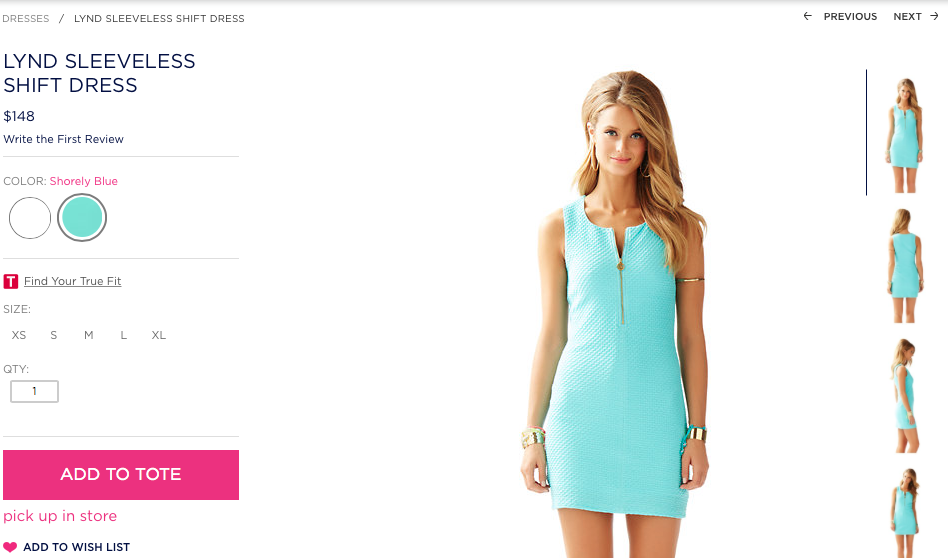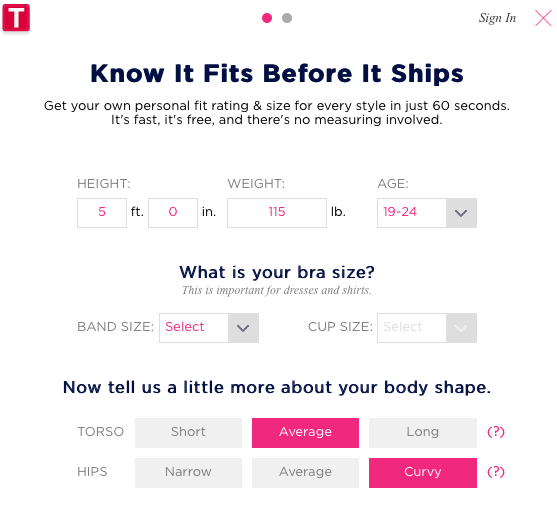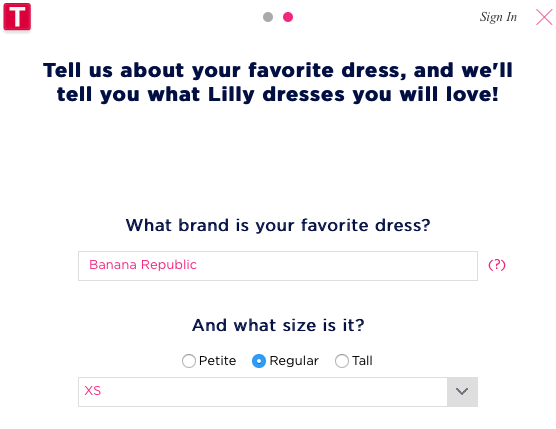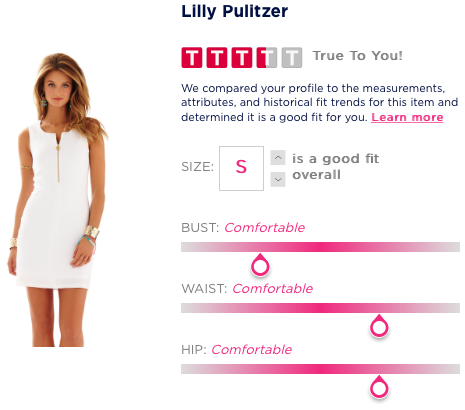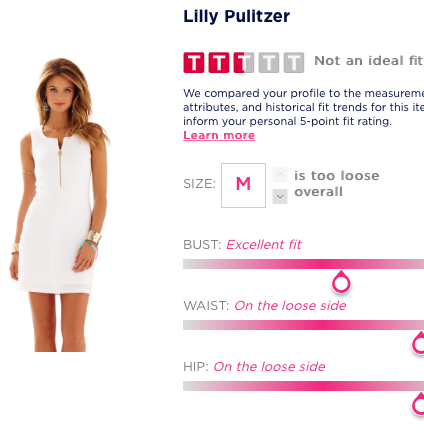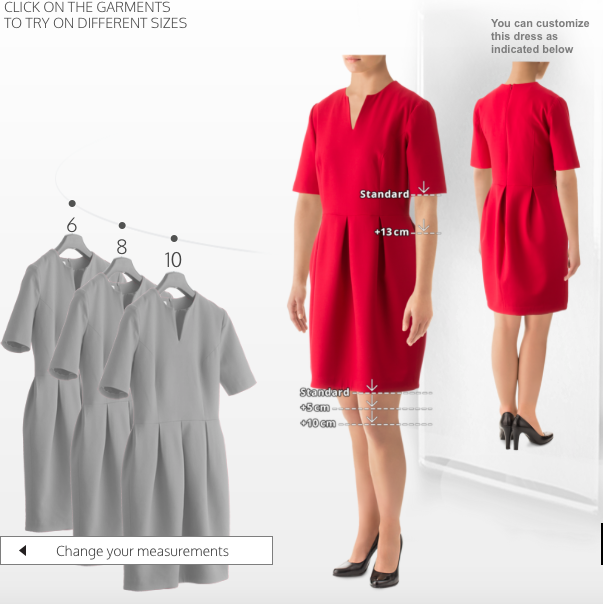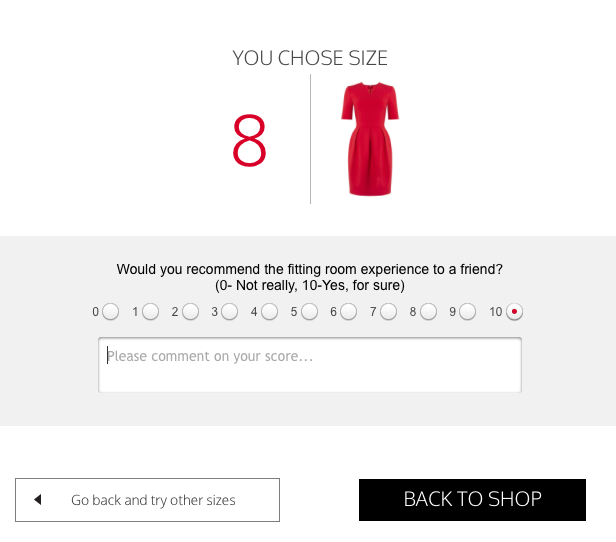By Bryon Morrison, Commissioner of The 2016 NectarOM Road to Omni Channel
Every year March always brings a little “madness” into the office. This year is no exception. Marketers across the nation are setting their brackets, but not necessarily for the “teams” you’d expect. This year at the the NectarOM Headquarters the NectarOM selection committee was hard at work finalizing the 2016 Road to Omni Channel Tournament bracket.
Over the last month, each member of the NectarOM selection committee evaluated a vast amount of data and industry information for each industry category or “conference” during the selection process. A review and discussion of the brands performance based on product sector, fiscal performance, e-commerce endeavors, innovation, and their use of digital – determined selections, seeding, and bracketing.
Selection Methodology
After examining a wide field of competitors the NectarOM selection committee determined the 2016 Road to Omni Channel Tournament bracket would be divided into 4 conferences: Consumer Electronics, Shopper Marketing, Telecom and Department Store Retail.
Qualification and seeding for the tournament was based on the following criteria:
- Digital and Brick and Mortar Retailer
- Fortune 500 Company
- The team communicates with customers in at least three channels
- They have established domain authority
- They have been recognized as innovators in other studies
- They have been recognized in other third party evaluations as leaders in their respective categories
The Teams
After a grueling deliberation the NectarOM selection committee has finalized its brand bracket and is proud to announce the companies included in the 2016 Road to Omni Channel Tournament.

Department Store Conference
Nordstrom
JCPenney
Telecom Conference
AT&T
Verizon
Consumer Electronics Conference
Best Buy
GameStop
Shopper Marketing Conference
PepsiCo
Dr Pepper Snapple Group
Game Scoring
Over the course of the next two weeks these eight institutions will go head-to-head in the hopes of being named The 2016 Road to Omni Channel Champion. To have a better understanding of what these companies are doing in Omni Channel Marketing, each brand will undergo the NectarOM Customer Journey Audit. This audit evaluates eleven communication channels, 6 degrees of personalization, and each brand’s adaptability to customer knowledge. Covering more than 150 review points, this audit provides valuable insight into customer lifecycle, consistency, marketing gaps and opportunities through the view of the consumer and results in a final score illustrating their prowess in Omni Channel Marketing.
Tournament Schedule
The Road to Omni Channel Tournament will start Tuesday, March 15, with a highly anticipated match up of Consumer Package Goods titans, PepsiCo and Dr. Pepper Snapple Group, from the Shopper Marketing conference.
- March 14: Selection Monday
- March 15: Game One: PepsiCo vs Dr Pepper Snapple Group
- March 16: Game Two: AT&T vs Verizon
- March 21: Game Three: JCPenney vs Nordstrom
- March 22: Game Four: Best Buy vs GameStop
- March 28-31: Round Two Playoffs
- April 6: Tournament Championship Game
Tune in here for Game One: //nectarom.com/shopper-marketing-conference/
Tell us in the comments below which brand you think has what it takes to win it all.







